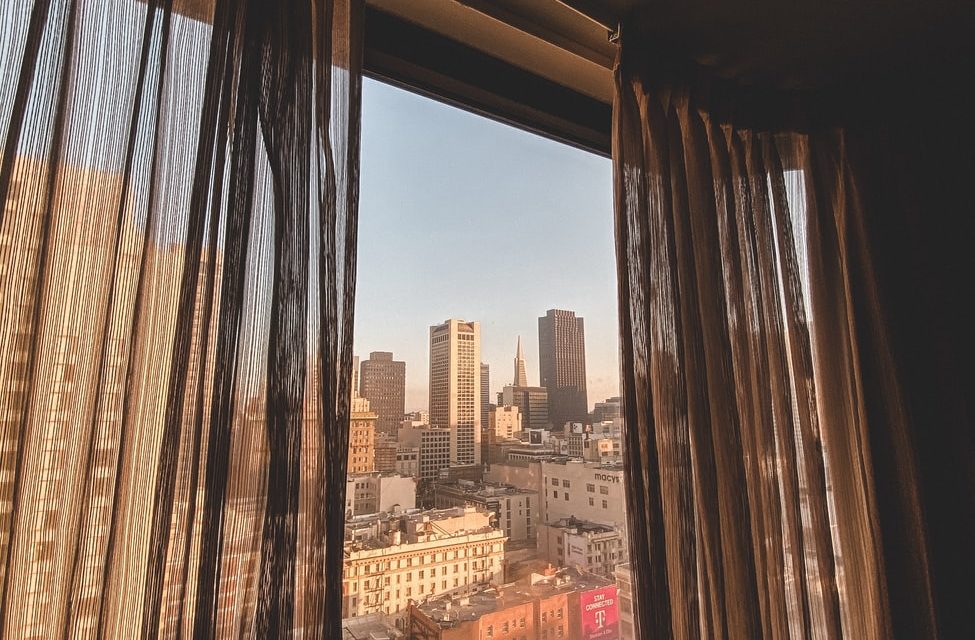[ad_1]
Newari artisans hardly inscribed their name as well as their real identity on the Paubhas, Newari Thangka. They didn't believe in fame and glory, rather believed in developing good karma. But nevertheless, it appeared to be a normal procedure concerning Buddhist Thangka for Tibetan painters to inscribe their identity.
In Nepal, traditional Buddhist Thankga art implemented different Muslim plus Rajput concepts and processes while in the times of Malla Rules.
In Tibet, traditional Buddhist Thankga art used quite a few Chinese concepts plus processes (including using of silk, paper, calligraphy and Chinese ink) while in the 18th century.
Symmetrical forms and layouts, together with Buddhist symbols, signs and moreover expressions generally are wide-spread attributes associated with Thangka Tibetan. Newari Thangkas represent ritual objects and elements like conch shell, vajra, Kalasa, Khadga, Lotus flower, sun and swastika symbols.
Mythical creatures for instance Garuda and even adored creatures like lion, peacock, pair of fishes, elephant seem to be pictured in Newari thanka paintings.
Along with Buddhist images Newari thanka paintings also contain images associated with Hindu mythology like Shiva, Parvati, Brahma, Visnu, Saraswoti, Ganesha, and so forth.
Tibetan thanka paintings usually do not permit images regarding other religion, apart from Buddhism.
Newari thanka paintings make use of classic cotton sheet for painting. Usage of Chinese silk fabric is common in Tibetan thanka paintings.
Some Thangka Tibetan might possibly be enormous in their sizes, sufficient enough to cover a whole mountain. Newari thanka paintings happen to be uniform in dimensions, generally varying between 75 by 50 centimeters in proportions.
Newari Traditional thangkas use gentle along with relaxing tones for the paintings giving them some sort of processed and peaceful look. Tibetan Thangka manufacturers on the other hand put on vibrant and dark tones of red, giving the particular paintings a warm and brilliant look.
Thangka artists in Nepal had been obliged to adhere to strict Buddhist ways and customs in making Buddhist thanka paintings. For instance, it was mandatory for them to be a virgin as well as initiated/trained from an educated guru. It was subsequently not allowed to paint Traditional thangkas after noon. The final touch from the painter on the Thangka had to be the eye of the divine being, which often is thought to be the most crucial part of Thangka paintings.
Thangka Tibetan generally feature imagery from Buddhist literature like Jataka tales and other tales. The illustrations primarily focus on themes such as Buddha's birth, enlightenment, preaching disciples, and so on.
To acquire visual learning and even complete understanding about 100s of different thanka paintings, be sure to take a look at the Thangka Tibetan from Nepal.
[ad_2]
Source by Amogh Shakya


